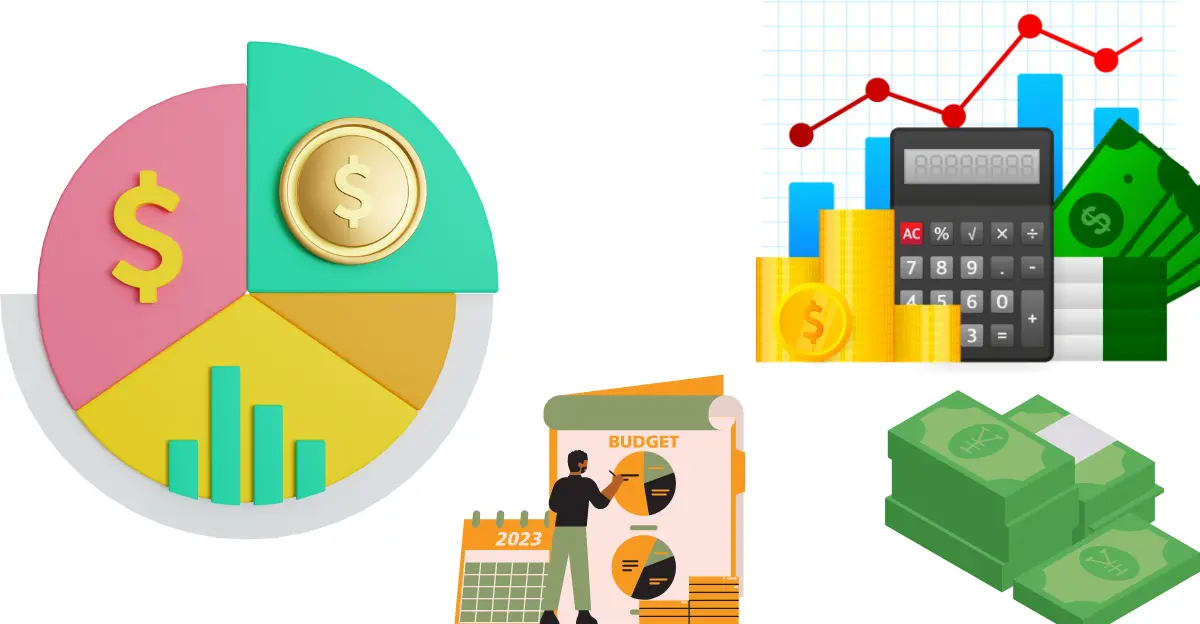Budget communication is a critical aspect of financial management within any organization. It involves the process of conveying financial plans, budgets, and related information effectively to various stakeholders, ensuring alignment, transparency, and informed decision-making.
In today’s dynamic business environment, mastering budget communication is essential for the smooth operation and strategic planning of an enterprise. This article will provide a comprehensive guide on budget communication, covering its basics, the shift to digital communication, real-life examples, effective strategies, and implementation in enterprises.
Understanding Budget Communication
Basic Concepts
At its core, budget communication encompasses the methods and practices used to share financial information within an organization. Key elements include clarity, consistency, and relevance. Traditional budget communication relies heavily on physical meetings, printed reports, and manual data entry. In contrast, digital budget communication leverages technology to streamline processes, enhance accessibility, and provide real-time updates.
Importance in Business
Effective budget communication is crucial as it directly impacts financial planning, resource allocation, and strategic decisions. Clear communication ensures that all stakeholders are on the same page, reducing misunderstandings and facilitating better decision-making. For instance, companies like Apple have demonstrated how robust budget communication strategies can drive innovation and maintain operational efficiency.
Digital Budget Communication
Evolution of Budget Communication
The landscape of budget communication has evolved significantly over the past few decades. Organizations have transitioned from using basic spreadsheets and emails to adopting sophisticated financial software and online platforms. This evolution has brought about greater efficiency, accuracy, and accessibility in managing financial information.
Advantages of Digital Budget Communication
The shift to digital budget communication offers numerous benefits:
- Efficiency: Automated processes save time and reduce errors.
- Accessibility: Cloud-based platforms enable stakeholders to access information from anywhere at any time.
- Real-time Updates: Financial data can be updated and shared in real-time, facilitating timely decision-making.
Commonly used tools and software include Microsoft Dynamics, Oracle Hyperion, and QuickBooks, which provide comprehensive solutions for financial management.
Challenges and Solutions
Despite its advantages, digital budget communication also presents challenges such as data security concerns and the need for user training. To overcome these challenges, organizations can implement robust security measures like encryption and multi-factor authentication, and provide comprehensive training programs to ensure all users are proficient with the new tools.
Examples of Budget Communication
Real-life Examples
Several companies have successfully implemented effective budget communication strategies. For example, Google uses a combination of detailed financial reports and interactive dashboards to communicate budget information across its global teams. IBM employs a similar approach, integrating advanced analytics to enhance budget transparency and accountability.
Industry-Specific Examples
Different industries have unique approaches to budget communication:
- Tech Industry: Emphasizes agile budgeting with frequent updates and iterations.
- Healthcare: Focuses on compliance, detailed reporting, and meticulous tracking of expenses to ensure regulatory adherence.
- Manufacturing: Prioritizes cost control and efficiency monitoring, utilizing tools that provide real-time insights into production costs.
Budget Communication Templates
To assist organizations in standardizing their communication processes, here are some example templates for different scenarios:
- Monthly Budget Report Template: Includes sections for income, expenses, variances, and commentary.
- Annual Budget Presentation Template: Features slides for strategic goals, budget allocations, and performance metrics.
- Departmental Budget Request Template: Allows departments to request budget adjustments, providing justification and projected impact.
Strategies for Effective Budget Communication
Planning and Preparation
Effective budget communication begins with meticulous planning and preparation. Organizations should set clear objectives and goals for their communication efforts, ensuring that all relevant information is included and presented in a structured manner.
Communication Techniques
To enhance the clarity and impact of budget communication, consider the following best practices:
- Use Clear Language: Avoid jargon and use straightforward language to ensure everyone understands the information.
- Visual Aids: Incorporate charts, graphs, and infographics to present complex data in an easily digestible format.
Stakeholder Engagement
Engaging stakeholders is crucial for successful budget communication. Identify key stakeholders such as the finance team, department heads, and employees, and involve them in the communication process. Techniques for gaining stakeholder buy-in and feedback include regular meetings, surveys, and interactive workshops.
Implementing Budget Communication in Enterprises
Steps to Implement
Implementing budget communication strategies within an enterprise involves several steps:
- Assess Current Processes: Evaluate existing communication methods and identify areas for improvement.
- Choose the Right Tools: Select financial software and tools that meet the organization’s needs.
- Train Staff: Provide comprehensive training to ensure all users are proficient with the new tools and processes.
Measuring Effectiveness
To ensure the success of budget communication efforts, it’s essential to measure and analyze their effectiveness. Key performance indicators (KPIs) to track include budget variance, communication feedback scores, and the timeliness of information dissemination.
Read about Marketing Dissertation Topics if you are a student and are looking for a dissertation topic for your finance dissertation.
Continuous Improvement
Continuous improvement is vital for maintaining effective budget communication. Regularly seek feedback from stakeholders, conduct reviews, and update strategies as needed to adapt to changes in the business environment and technology advancements.
Learn more about writing a business essay here.
Conclusion
In summary, mastering budget communication is essential for any organization aiming to achieve financial efficiency and strategic success.
By understanding the basics, embracing digital communication, learning from real-life examples, implementing effective strategies, and continuously improving processes, businesses can enhance their budget communication efforts significantly.
As you apply these insights, remember that the long-term benefits of clear and effective budget communication are invaluable, leading to better decision-making, improved financial health, and overall organizational success.


